Tags
Alan Manning, Asaro People, Central Highlands of PNG, Goroka, Henganoffi District, Huli Tribe, Huliwigmen, Jonteve Tribe, Kemase Tribe, Kogini Village, Kusom Tribe – Paiakona, Lufa District, Melpa Chief, Melpa People, Mt. Hagen, Nam Cultural Village, PaitaKona Village, Papua New Guinea, Photos from Papua New Guinea, PNG, PNG Slide Show, Tmabul Nebilyer District., Western Highlands of PNG
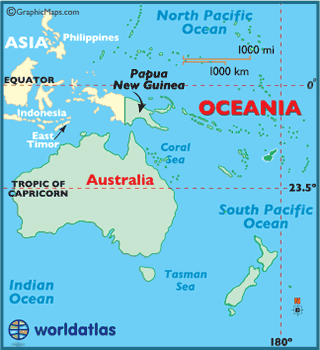
Even though Papua New Guinea (PNG) is an island, you wouldn’t go there for its beaches, leisurely drives through luscious jungles, or its native food. But you would, indeed must, go to meet the people to learn about their ancient cultures and practices, art, and how the people and the country come to terms with the modern world.
Ellen and I spent just a week in PNG, primarily in the countryside and highlands. We were so fortunate to have the visionary and extraordinary man, Alan Manning (South Sea Horizons), with us the entire time, a PNG native who is devoted to the future of the country and to its indigenous people. Alan cares deeply about their customs and preserving what is special about them as they face living in the 21st century. It was a privilege for us to have a glimpse into a world that we never knew nor would we have had access to without Alan at our side.
What you will see in Ellen’s photos below and in the accompanying slide show is not a travelogue nor an attempt to show what we learned in our very short time in PNG. Her photos focus on some of the practices and culture that the members of the six different tribes we visited are trying to preserve. (There are many hundreds of tribes and more than 850 known languages in PNG.)
Initially, we were in the Central Highlands near the town of Goroka. There we visited the Asaro People (where we learned about mud masks used to frighten invaders, death rites, and fertility rituals) and the Jonteve Tribe, Henganoffi District (where we experienced wedding ceremony traditions).
We were also in the Western Highlands near the town of Mt. Hagen (altitude 8,000 feet). We took a three hour hike with villagers to a burial cave of the Kemase Tribe of Lufa District and also visited the Kusom Tribe – Paiakona of the Tmabul Nebilyer District. We spent time with the Huliwigmen (learning about the rituals of wig making and face painting); the Melpa People in the Kogini Village (learning of traditions of burial and mourning activities); and in the PaitaKona Village with a Melpa Chief and his three wives, and finally at the Nam Cultural Village (learning about a courting ceremony).
If the first dozen photos below are of interest, you can see Ellen’s slide show of 43 photos by following the link below. Each slide has a detailed notation of the tribes or clans we met and the names of specific customs we experienced.
(**The title of this post, Before They Pass Away, is taken from the title of an extraordinary 300 page photo project and book by photographer and author Jimmy Nelson who has spent three decades traveling the world to capture the images and the majesty of “isolated and distant people” whose cultures should not be forgotten.)
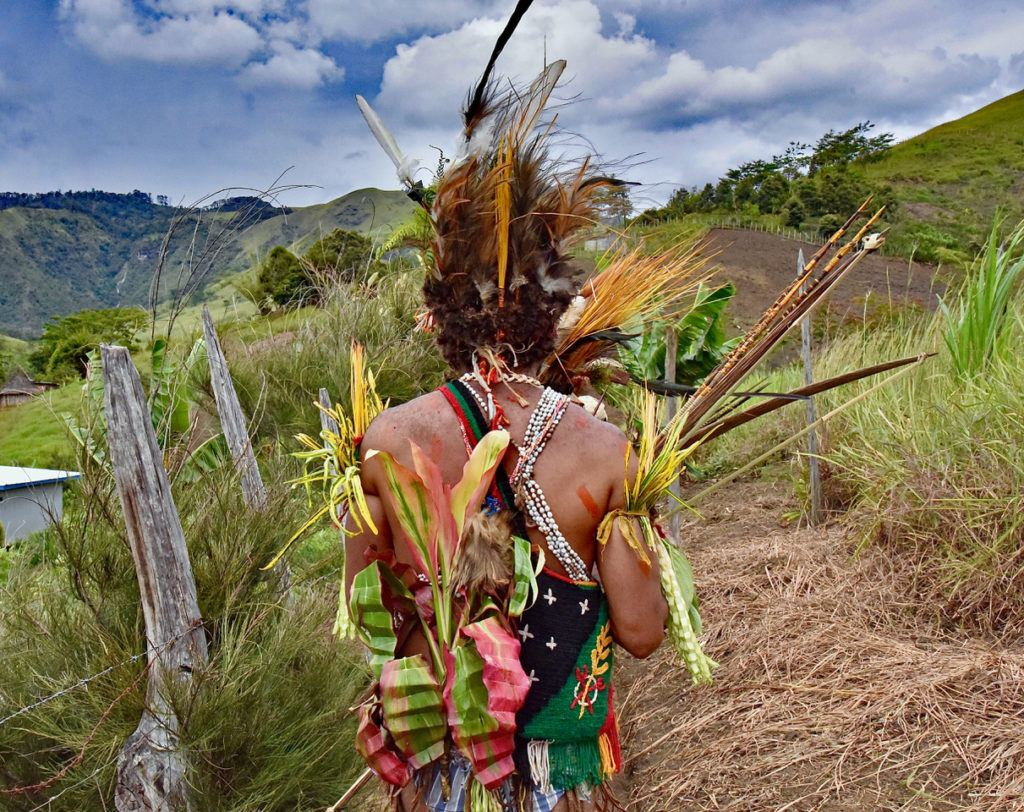
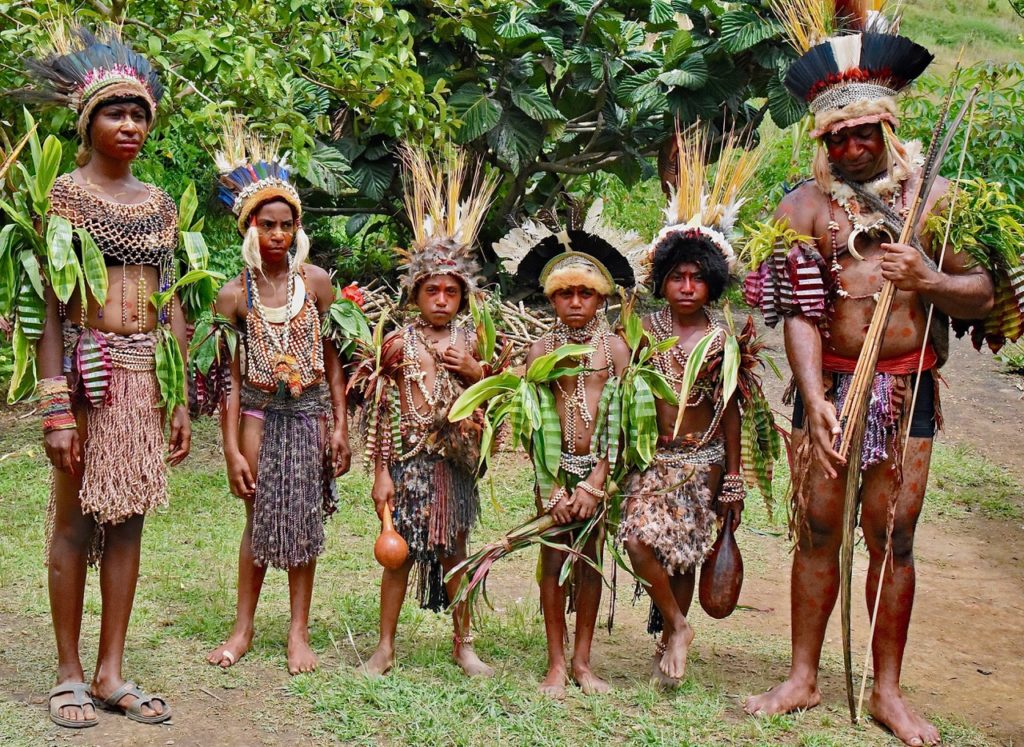
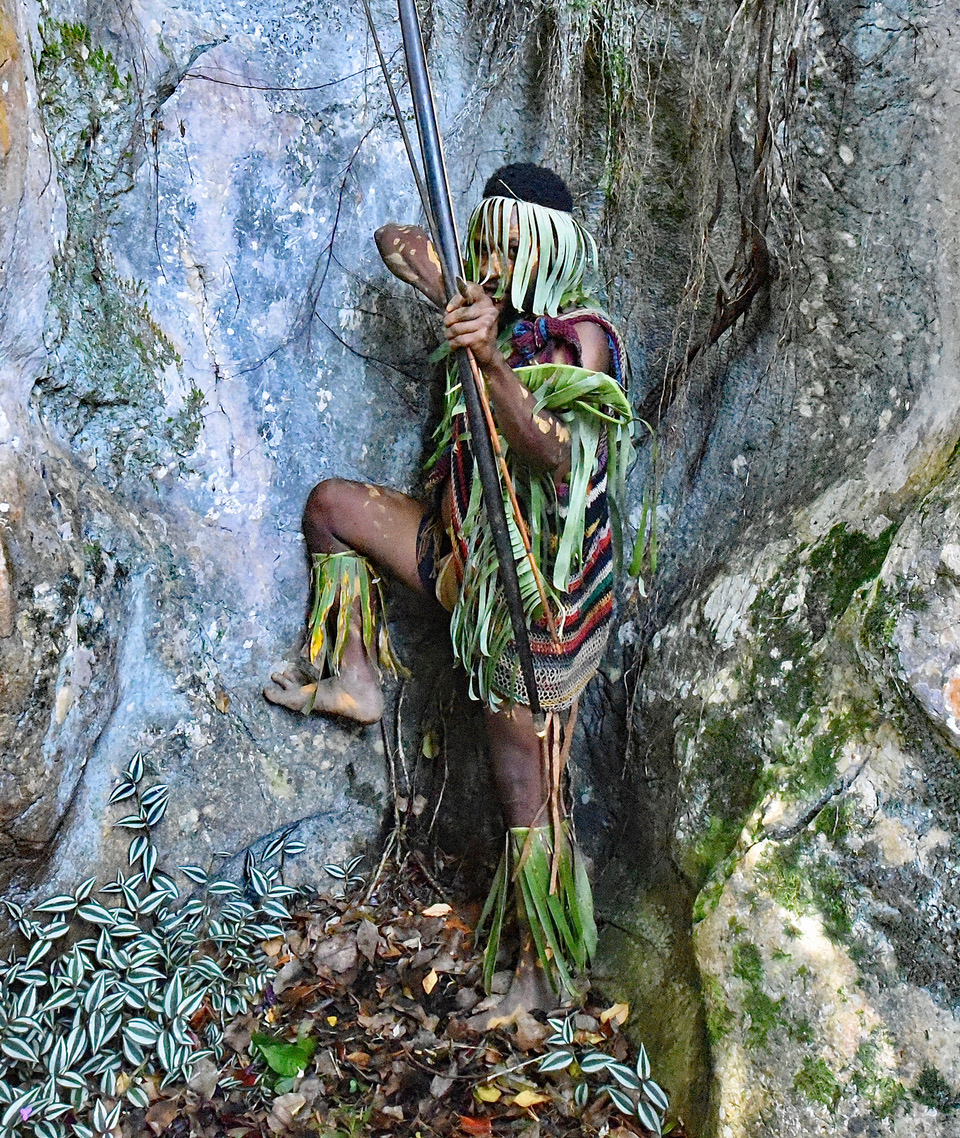
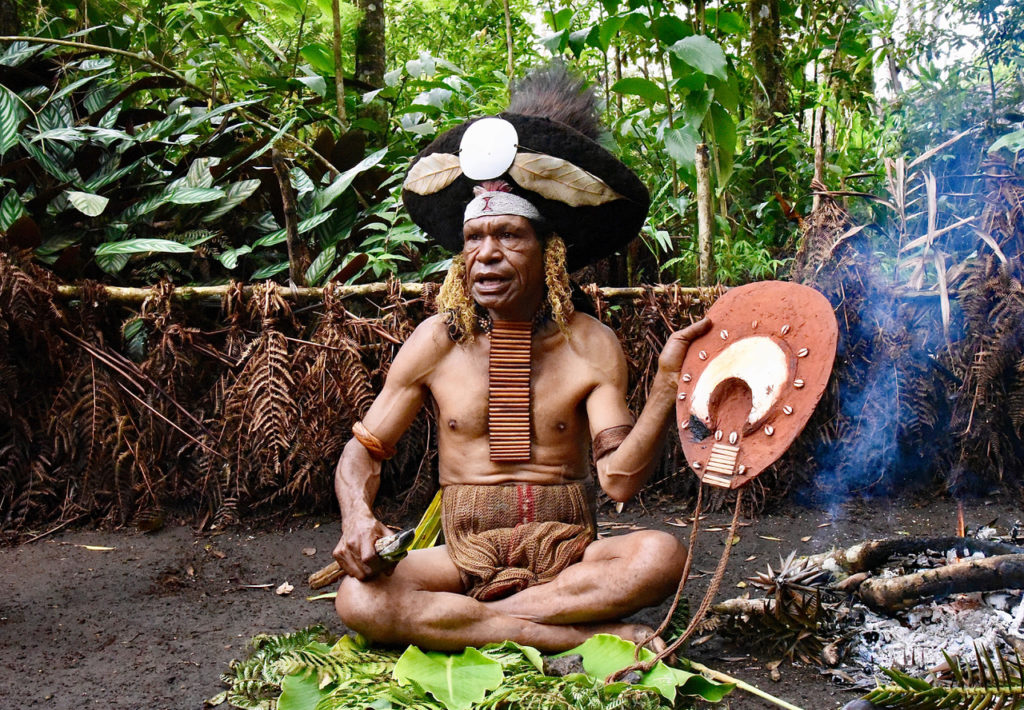
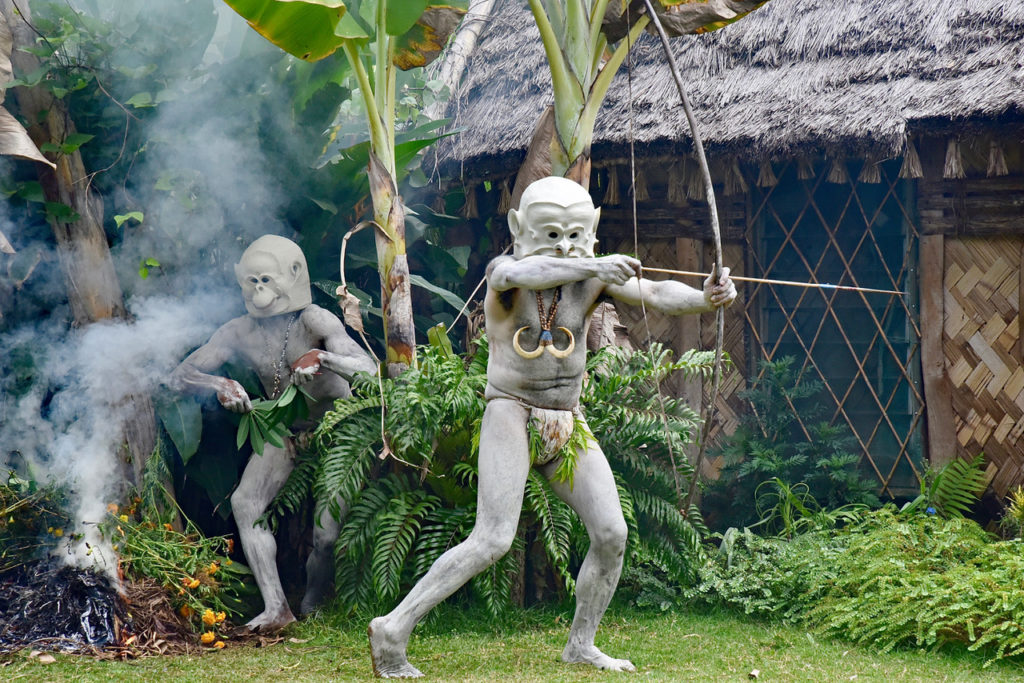
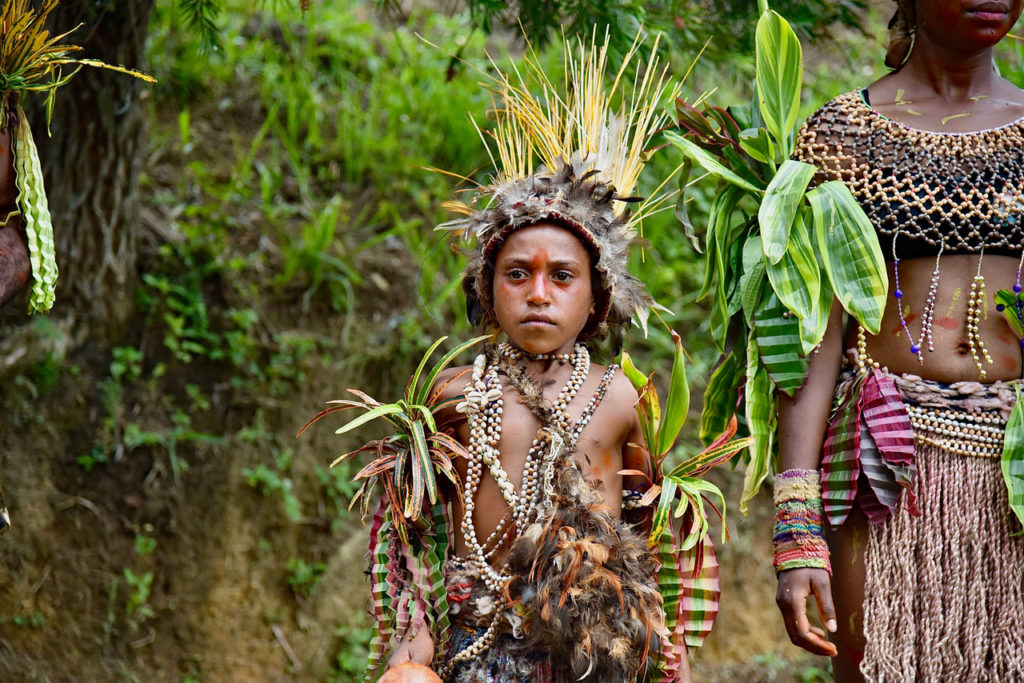
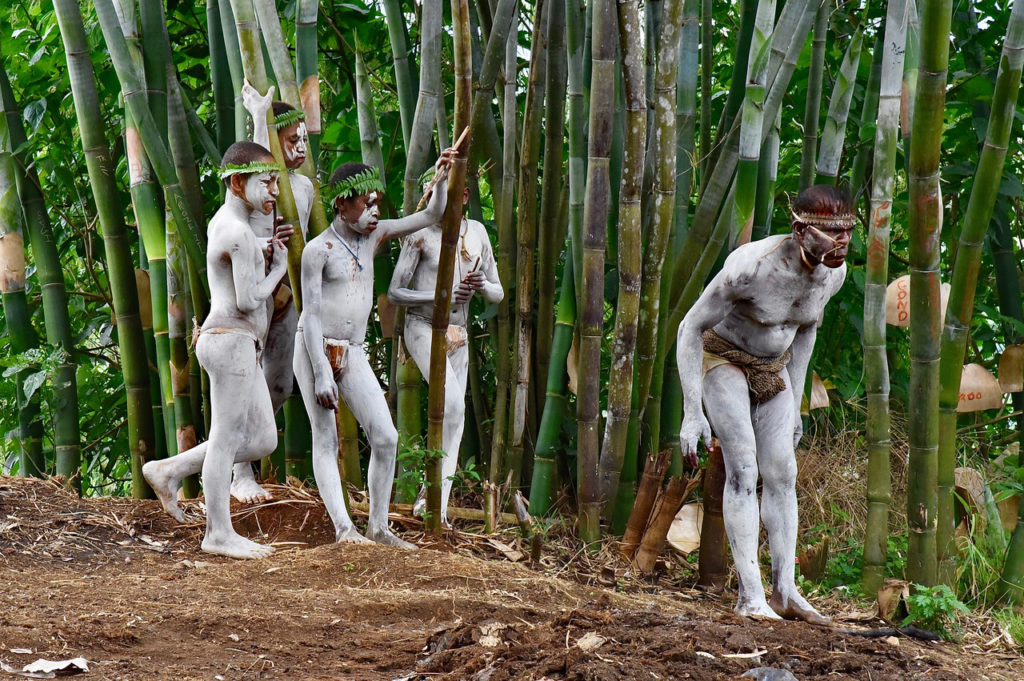
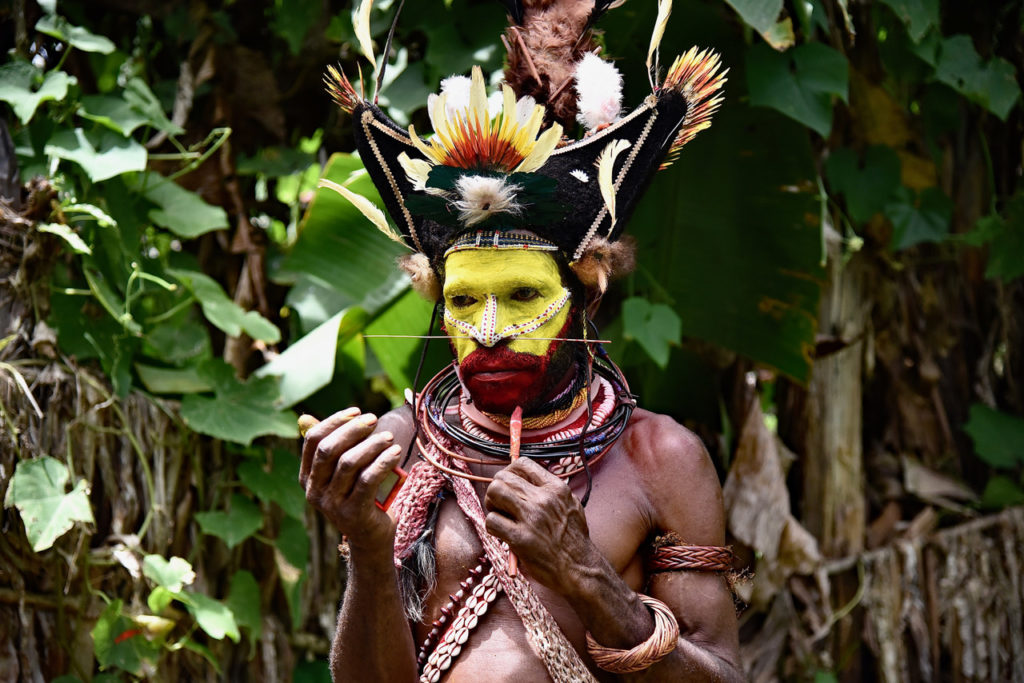
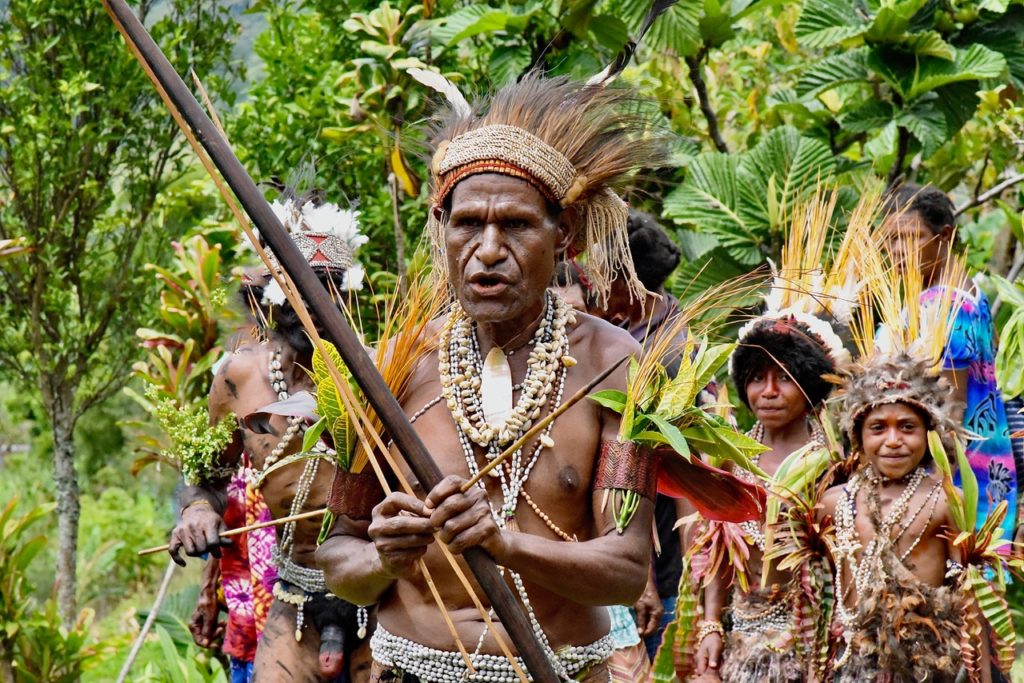
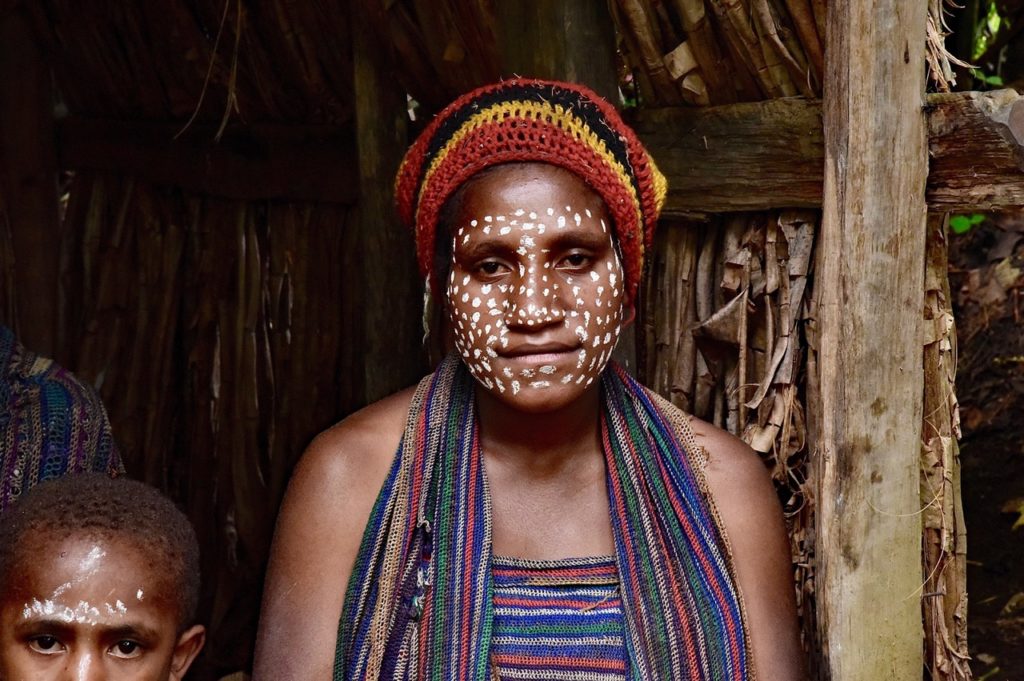
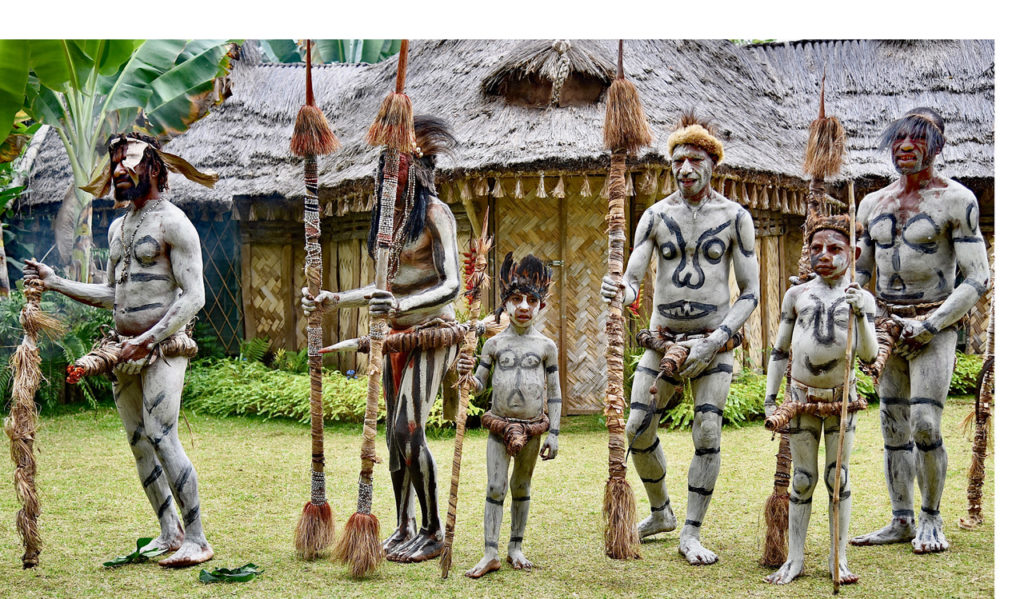
To see Ellen’s entire slide show (photos), use this link: Thru Ellen’s Lens: Photos from Papua New Guinea. For the best viewing, click on the little arrow at the top right of the first page of the link, just below where it says ‘Log In’ to start the slide show. If the slide show appears to start in the middle, scroll to the top of the page where you’ll see the little arrow in a box. Click on it.
See all the photos in the largest size possible (use a laptop or desktop computer if you have access to either). You may have to click on the two angled arrows facing each other on the very top right to get the full page. They are much sharper, and the larger format presents them more powerfully than what you see above.



Judy and Mike White said:
Incredible. We had idea, just that you’d been in Indonesia. Thank you and keep them coming.
Elizabeth Goodman said:
The photos are gorgeous and evoke the richness of these cultures. Thanks, Ellen, for giving us this gift.
Of interest, your readers might want to see the documentary about the Dani (another tribe), “Dead Birds,” made c. 1963 by Robert Gardner and then his follow-up film made when he visited them 28 years later, “Dead Birds — Re-encountered.” Both are available through Kanopy.
Janie said:
Enjoyed your photos! I always like the people photos best especially children! Glad you are home safe, sound (?), & healthy!!!
Bobby Ross said:
Beautiful images captured beautifully! I now see proof you are comfortable with your camera and photographing people. Great exposures and composition, you “nailed it”.
Ellen Miller said:
Thanks to all for your kind comments. And I learned (almost) everything I know from Bobby Ross. What a fabulous mentor.